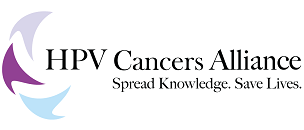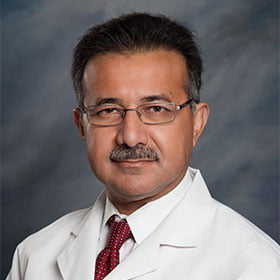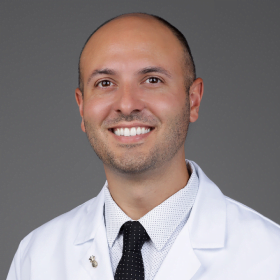The ANCHOR Study
“Treatment of Anal High-Grade Squamous Intraepithelial Lesions to Prevent Anal Cancer”
The ANCHOR study represents a major breakthrough in the effort to prevent anal cancer. It provides hope not only that less people will get anal cancer, but that those who have already had anal cancer will be better able to screen for and prevent a local recurrence.
The Urgent Need to Screen for and Treat Anal Precancerous Conditions
Although anal cancer is rare, the percentage of patients presenting with advanced disease and associated mortality have been rising in the United States and elsewhere. Anal cancer is also associated with poor survival rates when detected at late stages and treatment with chemoradiation at all stages is associated with significant short- and long-term side effects. Yet, there are no screening guidelines for anal cancer and precancer.
Rates of cervical cancer were reduced by 80% when doctors started screening for and treating precancer. The ANCHOR study sought to determine whether anal cancer could be prevented as successfully as cervical cancer.
Populations at Risk for Anal Cancer
Populations especially at risk for anal cancer are persons with immunosuppression for solid organ transplants, patients who are HIV positive, and women with a history of vulvar or cervical HSIL or cervical cancer.
The Goal of the Study
Like cervical cancer, anal cancer is caused by HPV, particularly HPV 16, and preceded by high-grade squamous intraepithelial lesions (HSILs) also known as anal intraepithelial neoplasia (AIN) 2 or 3. Since treatment for cervical HSIL was found to reduce progression to cervical cancer, the ANCHOR study sought to discover whether treating anal HSILs would have similar outcomes.
The Study
Because people who are HIV positive are more likely than the general population to get anal cancer, these were the patients enrolled in the study. Participants came from throughout the United States and were representative of the general US population of HIV positive patients.
Patients with anal HSIL were randomly assigned to a control group that was actively monitored but not treated and to a treatment group where HSIL was treated with office-based ablative procedures, ablation or excision under anesthesia, or the administration of topical fluorouracil or imiquimod. (The trial was not designed to compare the efficacy of these different methods.) Patients were treated until the HSIL was completely resolved. Participants were monitored with a high resolution anoscopy every 6 months and biopsied where HSIL or cancer was suspected. Patients diagnosed with cancer were immediately removed from the study and referred for treatment.
Highly Promising Results
After 25.5 months, there were 9 cases of anal cancer in the treatment group, but 21 cases in the active monitoring group. The incidence of anal cancer in the treatment group was 57% lower. The study shows that anal cancer is potentially preventable through treatment of known cancer precursors.
Directions for The Future
Like with the treatment of precursors to cervical cancer, not all anal cancers were prevented. Success of early treatments is likely related to lesion size and positive margins after treatment. This finding highlights the need for more effective HSIL treatment approaches and for close follow up after HSIL treatments.
There is a pressing need for prevention programs for those already infected with anal HPV. Since high-resolution anoscopy is a costly screening tool with limited availability to patients, expansion of diagnostic and therapeutic training programs in the use of high resolution anoscopy are urgently needed.
Screening and treatment for anal HSIL should be the standard of care for persons living with HIV who are 35 years of age or older.
Overall, there is a need for improved standards and methods for screening for and treating anal precancerous conditions.


















































